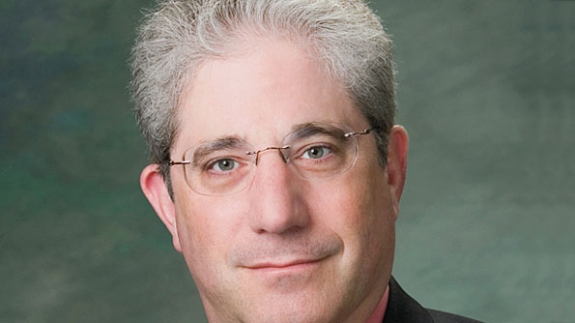Eyes on the road
Federal agencies are looking at ways to address the safety issues created by distracted drivers. Recently, the Federal Motor Carrier Safety Administration and the Pipeline and Hazardous Materials Safety Administration — a unit of Department of Transportation — created new rules for drivers of certain commercial motor vehicles (CMV).
The new rules, effective Jan. 3, 2012, prohibit the use of mobile telephones by drivers operating CMVs for interstate commerce, and by any drivers transporting hazardous materials. Even tow trucks that meet the CMV definition are bound by these rules, except when responding to police emergencies. Though the new rules do not apply to a CMV driver employed by a state, county, city or township, any state-law restrictions would apply to these municipal employees.
Impacted drivers may use wired or wireless earpieces, but the radio must be configured for hands-free operation using single-button controls on the steering wheel or dashboard. In other words, drivers would not be able to dial a phone number. Rather, they only could initiate, answer or terminate a call by touching a single button. This new rule even applies when the CMV is stationary on the road, such as at a traffic light.
Moreover, drivers cannot reach for their mobile telephones, even if it is to use them in the hands-free configuration. A mobile telephone must be in a location where the driver can use that single button while in a seated driving position and properly restrained by a seatbelt.
This rule even applies to push-to-talk mobile telephones. A casual reading of it would lead one to believe that Part 90 devices would be exempt. However, it is necessary to closely read the definition of what constitutes a mobile telephone. The rule applies to "commercial mobile radio services" but "… does not include two-way or Citizens Band radio services." While this statement might be confusing (after all, there are interconnected SMR systems that are two-way systems), Section 383.5 of Part 49 (which governs these motor carriers) refers back to Section 20.3 of the FCC's rules. Section 20.3 provides, in essence, that a two-way radio system operated for-profit and connected to the Public Switched Telephone Network (PSTN) is a commercial radio service provider.
Therefore, it would be advisable for SMR and private carrier licensees to review their licenses, specifically the station class code. If there is a "C" classification — for example, FB2C or FB7C — but the system is no longer interconnected to the PSTN, the licensee should modify its license to remove the classification. Not only would this exempt users on the system, it also would negate the need for such licensees to comply with certain FCC rules, such as keeping customer proprietary network information confidential.
Of course, the new rules also prohibit texting. In some cases, drivers use mobile telephones to enter odometer readings when they cross state lines, and send that information to create time stamps. This is considered texting, and is now prohibited.
Fines are pretty stiff for violators. The maximum fine for a driver is $2,750. Motor carriers that employ the drivers also are liable for violations, and can be fined up to $11,000.
There are exceptions. One concerns drivers who call law enforcement or other emergency services. Thus, a driver could contact the police to report a drunk driver.
While this action was certainly a direct result of recent accidents involving motor carriers, there can be no doubt that similar restrictions will be enacted for other industries. The land-mobile-radio industry will need to stay abreast of such developments, and help non-FCC agencies clearly understand the difference between LMR devices and mobile telephones, particularly as the former develop for broadband use and become increasingly similar to mobile telephones.
What do you think? Tell us in the comment box below.
Alan Tilles is counsel to numerous entities in the private radio and Internet industries. He is a partner in the law firm of Shulman Rogers Gandal Pordy & Ecker and can be reached at [email protected].


















